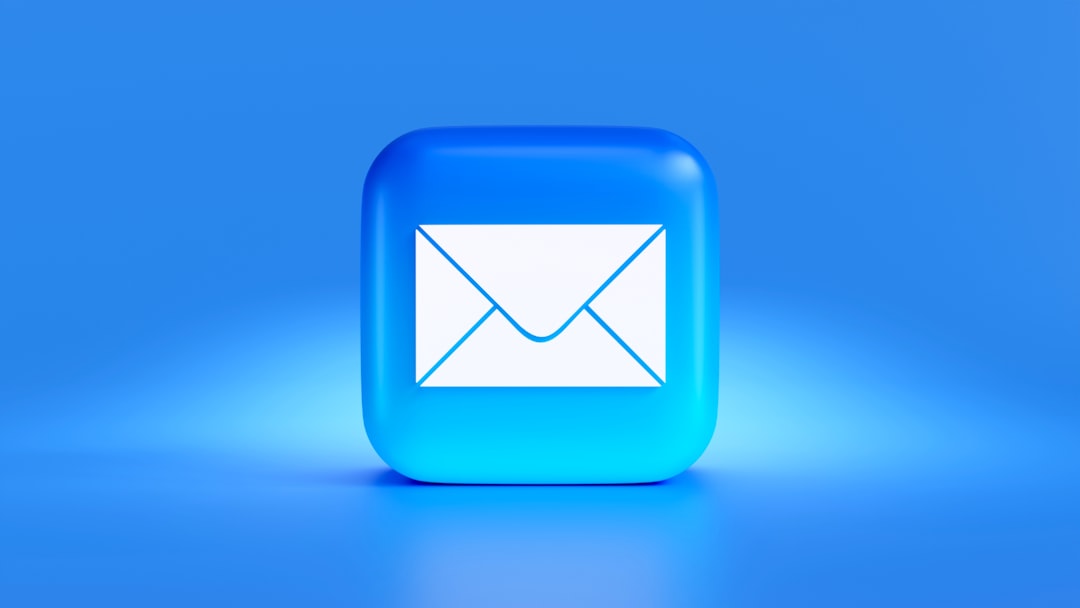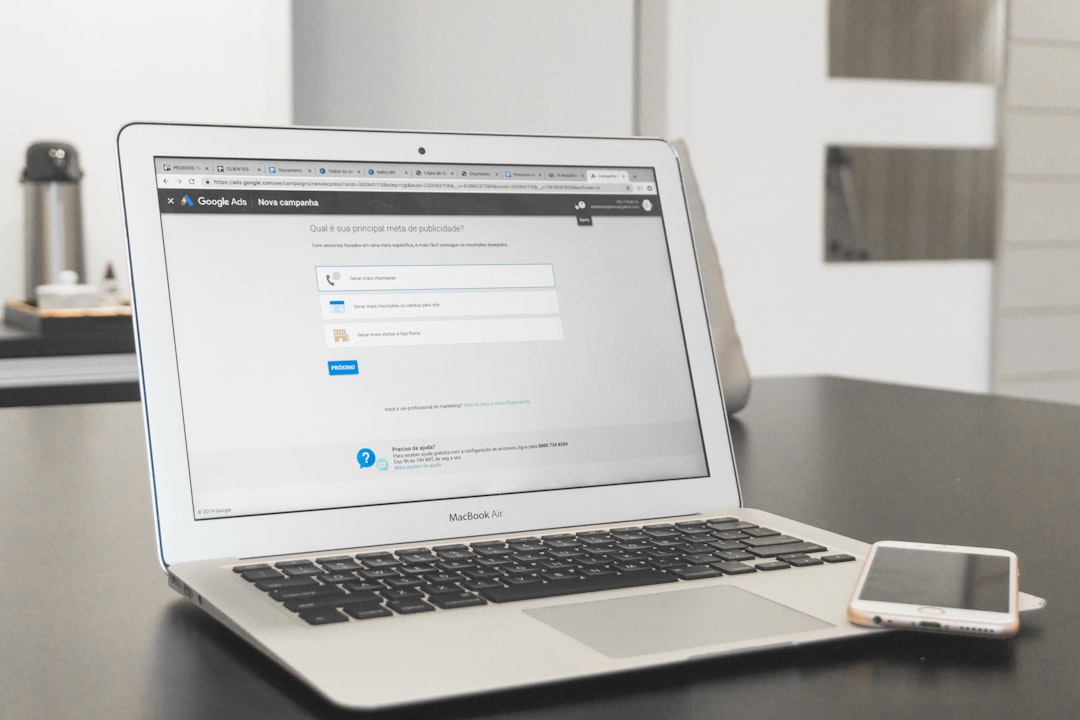Cold emailing, while a powerful tool for outreach and lead generation, must strictly adhere to data privacy and anti-spam regulations such as the CAN-SPAM Act in the United States and the General Data Protection Regulation (GDPR) in the European Union. One critical aspect of compliance involves handling unsubscribe requests quickly and reliably. Using cold email software provides marketers with tools to simplify and automate this process.
Failure to manage unsubscribe requests not only damages sender reputation but can also result in severe legal consequences. This article explores how modern cold email software platforms ensure that unsubscribe requests are managed effectively and in compliance with relevant regulations.
What Happens When a Recipient Clicks “Unsubscribe”
When a recipient of a cold email clicks an unsubscribe link, the process that follows is typically automated by the cold email software. Most platforms insert a unique tracking link for each recipient which, when clicked, records the unsubscribe action in a database associated with that user profile.

This is what generally happens:
- Redirect to Confirmation Page: The recipient is taken to a landing page confirming their wish to unsubscribe or offering subscription preferences.
- Back-End Status Update: The user is immediately flagged in the software as “unsubscribed,” ensuring future emails are not sent to that address.
- Audit Logging: The action is logged for compliance and reporting purposes.
How Software Prevents Future Emails to Unsubscribed Users
Once a recipient has opted out, the cold email software implements a set of rules to ensure that no further emails are sent to that email address. This is usually managed through an internal feature known as the suppression list or do-not-contact list.
Here’s how cold email solutions enforce this safeguard:
- Automatic Blocklisting: Email addresses that opt out are automatically added to a suppression list. This list overrides any other campaign lists or sequences.
- Manual Visibility: Users and administrators can manually view or export these lists for transparency and audit control.
- Real-Time Filtering: When new email sequences are launched, the system checks against this list and prevents sending to unsubscribed contacts.
Customization of Unsubscribe Options
Premium cold email software allows senders to customize how unsubscribe requests are handled. This includes the text used in the link, the layout of the landing page, and whether to offer preferences rather than automatic unsubscription.
For example, a sender might provide options like:
- “Unsubscribe from this campaign only”
- “Pause emails for 30 days”
- “Update email preferences”
This strategy helps reduce full opt-out rates and gives recipients more control over their communication preferences, aligning with GDPR requirements that emphasize user consent.

Legal and Technical Considerations
Cold email software is designed to comply with sector-specific legal frameworks. For example:
- CAN-SPAM Act: Requires that opt-out requests be honored within 10 business days.
- GDPR: Emphasizes clear withdrawal of consent, requiring companies to maintain accurate and auditable unsubscribe records.
To meet these laws, reputable software platforms often include:
- One-click unsubscribe links in every email.
- Encrypted links to prevent tampering with unsubscribe data.
- Access logs and timestamps to prove compliance in case of audits.
Role of Integration and Automation
Leading cold email platforms integrate with Customer Relationship Management (CRM) tools, ensuring that unsubscribe data is synced across all marketing and sales systems. Automation workflows can be triggered when a user unsubscribes, such as creating a task for sales to follow up via phone (if legally permissible) or updating lead scoring.
Furthermore, APIs are available for custom integrations, allowing businesses to apply their own filtering rules or sync unsubscribe data with internal databases.
Conclusion
Handling unsubscribe requests is both a compliance necessity and a critical component of ethical cold email outreach. Reliable software not only automates this process but also provides transparency and auditability, helping businesses remain compliant and preserve trust with their audience.
As a best practice, users should regularly audit their suppression lists, customize their unsubscribe processes to offer flexible options, and ensure that their cold email campaigns are backed by technologies that prioritize user consent.



